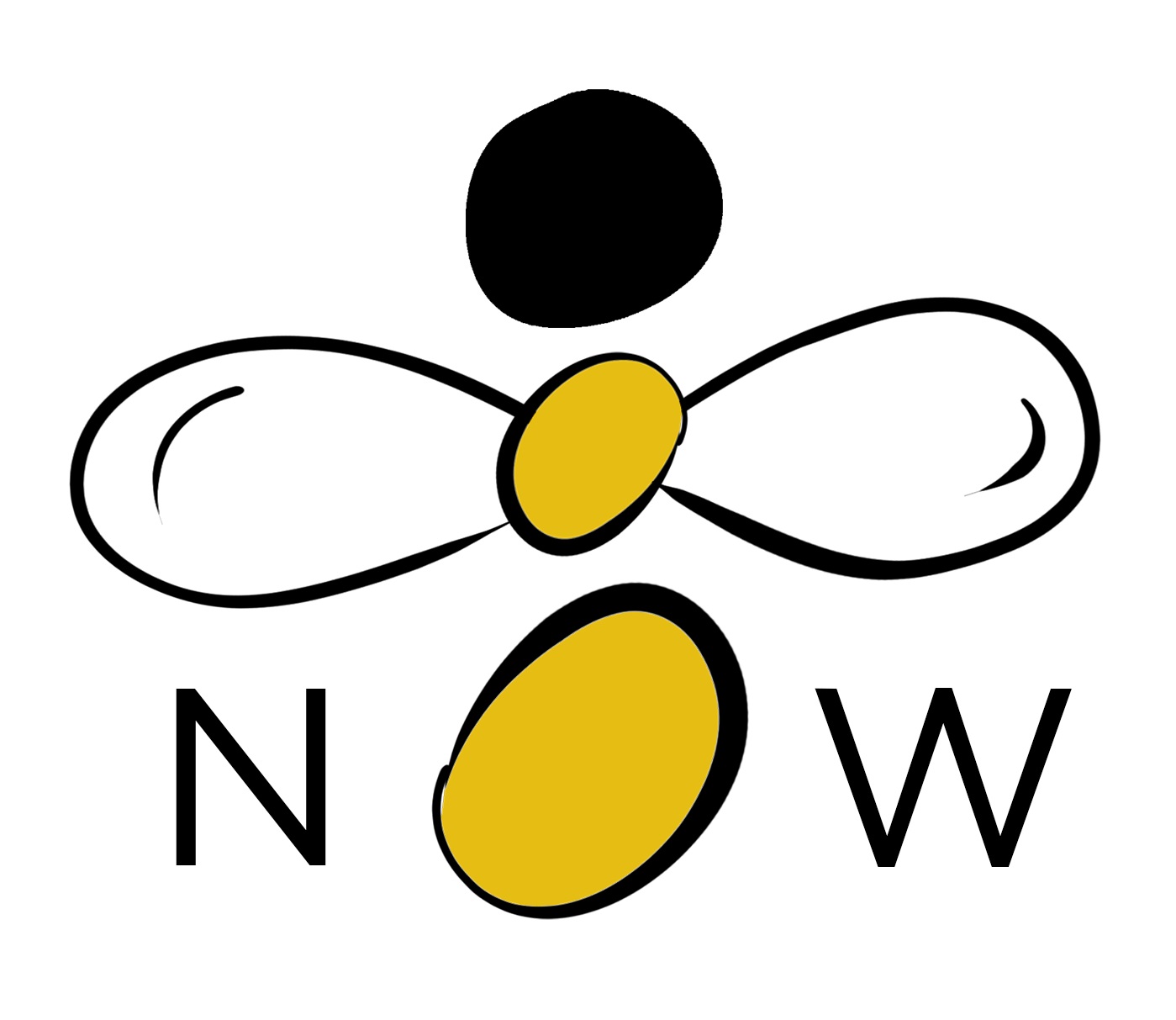“People who are most resilient, and find the greatest peace in their lives, have learned to tolerate extreme sensations while gaining the capacity for reflective self-awareness.”
-Peter Levine, In an Unspoken Voice
Our thoughts, feelings, and sensations emerge from the body. Wherever you happen to be right now, whatever you happen to be doing, there is life energy coursing through your nervous system. Sometimes it can be stressful or intense and sometimes calm or euphoric. The picture above happens to be me standing on top of Marina Bay Sands hotel in Singapore, an astonishing view where the river meets the ocean.
Being present to our inner sensations is the foundation of self-awareness. Could be hunger or the intense heat of the summer sun that might make you feel exhausted or uptight. How we mindfully manage our moods and perceptions is what psychologists call emotional intelligence. No matter how intense or stressful the mind can get at times, the capacity to self-regulate is naturally ingrained in the body, and like a muscle it can be trained and strengthened to restore the natural qualities of flow, balance, and spontaneity.
Creating flow is what’s popularly known as being in the zone, or in the moment, where the challenge at hand gels in sync with our skill set. Time takes on different dimensions, if not disappears, and the right steps flow in a natural sequence. In a sense, you become connected to a larger part of yourself. Psychologist Csikszentmihalyi, who has authored many works on the topic, calls it an optimal experience.
Often I’m in the flow of writing with ambient sounds in a coffee shop. Every so often someone begins to shout and complain for no good reason. When my flow experience is presented with a perceived interruption, it can turn into anger. However, when looked at holistically as part of a greater flow pattern, anger doesn’t last longer than it should and fluidly goes on its way.
[perfectpullquote align=”left” cite=”” link=”” color=”” class=”” size=””]It’s the capacity to know the ins and out of your own internal worlds without pre-judgment.[/perfectpullquote]
Much like a river rushing downstream with a cosmic force, there are many waves and flow patterns present, above and beneath the surface, in the middle and at the side by the bank, yet all embodied beautifully as a singular flow of the bigger picture of “a river.” Drop the magnifying glass altogether and the river is visibly a branch of the ocean, not a separate thing.
Body-awareness techniques reveal our inner oceans and rivers to us. Interoception is psychological term for perceiving within and the awareness of flow dynamics we embody throughout the nervous system. It’s what Peter Levine, Psychologist and Biophysicist and once a stress consultant at NASA, refers to as a “felt sense” of the body. With a reflective practice of the body’s inner moods and sensations, we develop the ability to self-regulate and shift readily between intense states, cultivating flow and optimal experiences, as opposed to being stuck or overwhelmed.
Daniel Siegel, neurologist at UCLA and author of The Mindful Brain, refers to this self-awareness muscle as Mindsight. It’s the capacity to know the ins and out of your own internal worlds without pre-judgment. It’s the idea that you can consciously choose your mind state. Try these exercises to drop into the body, relax the mind, and overtime form a partnership between the two.
Exercise #1
Take three deep breaths, relaxed posture and upright. Inhale slowly with a gentle breath, filling the belly like a balloon, and exhale softly stating something you’re grateful for. After a few cycles of breathing in this way, slowly move your awareness across your body, tracking the sensations of the tongue, spine, thigh, fingertips, hips, and toes. Gradually, this grounding awareness begins to blanket your body as you simply tune into the body’s sense of aliveness. Practice this for 10 minutes, everyday if you like.
Exercise #2
If you were to identify your life-philosophy in three words what would it be?
Now drop into the body. If you were to give your motta or mantra a movement, what would it look like? Let curiosity lead your movement. Whenever your stressed or upset you can access this movement and allow it to change your mood.
Three words I’ve come to practice are: “I am open” or “I don’t know” with arms and shoulders relaxed, elbows slightly bent, palms facing forward, smiling and walking with intent.
